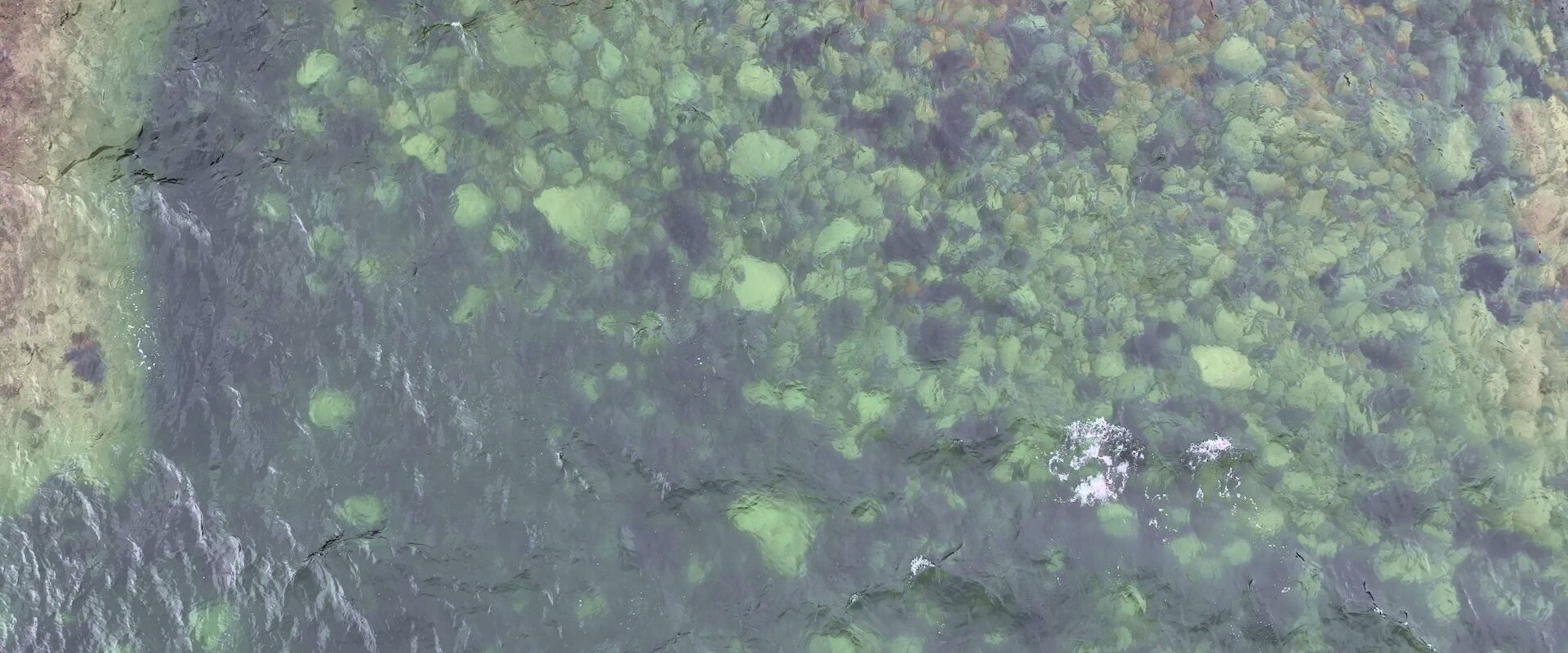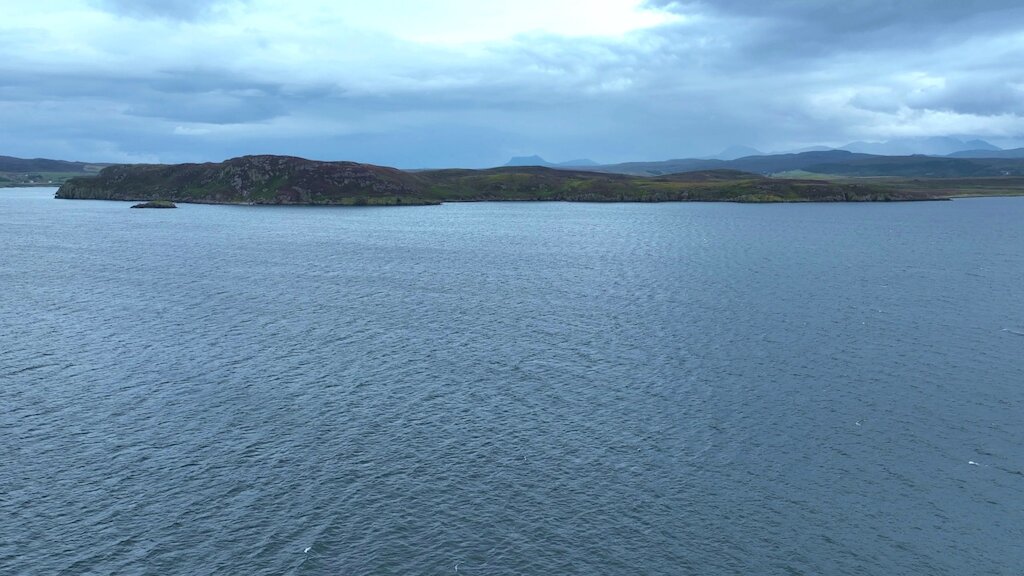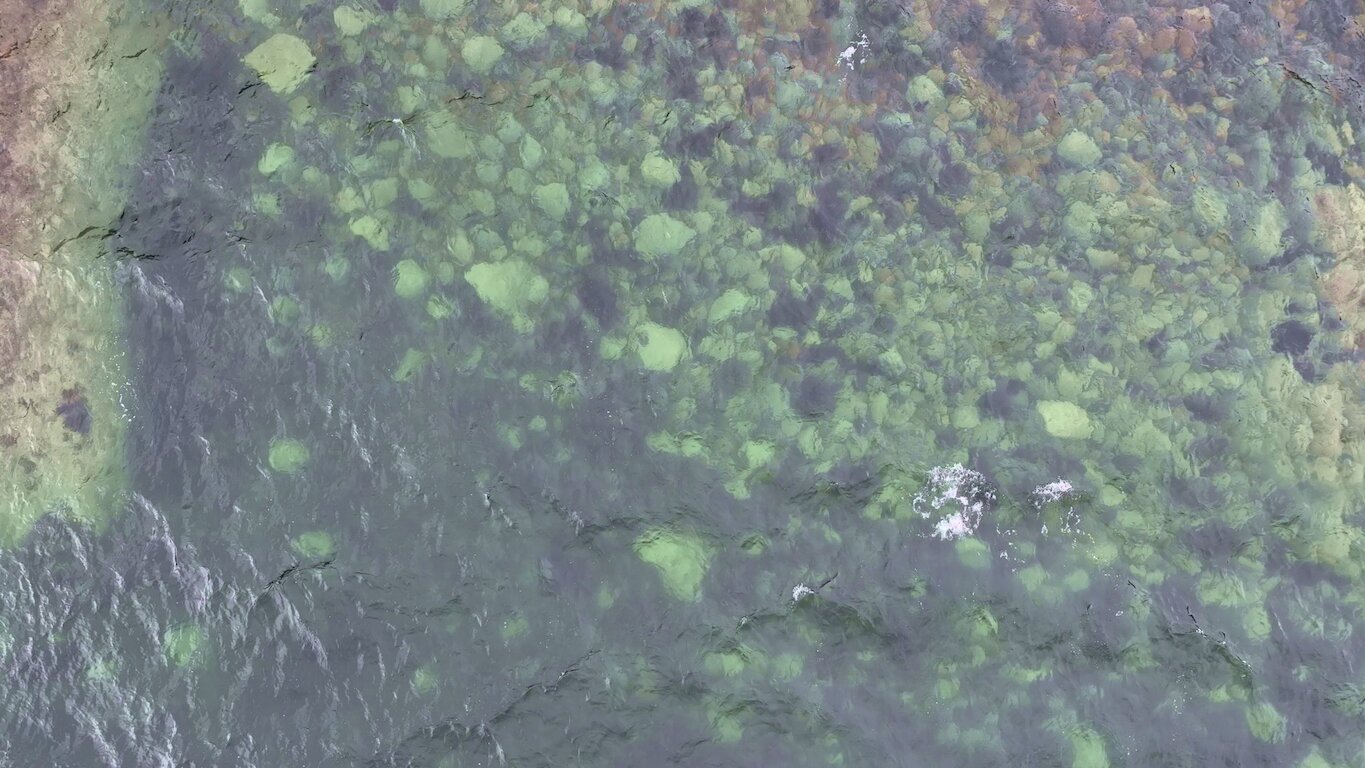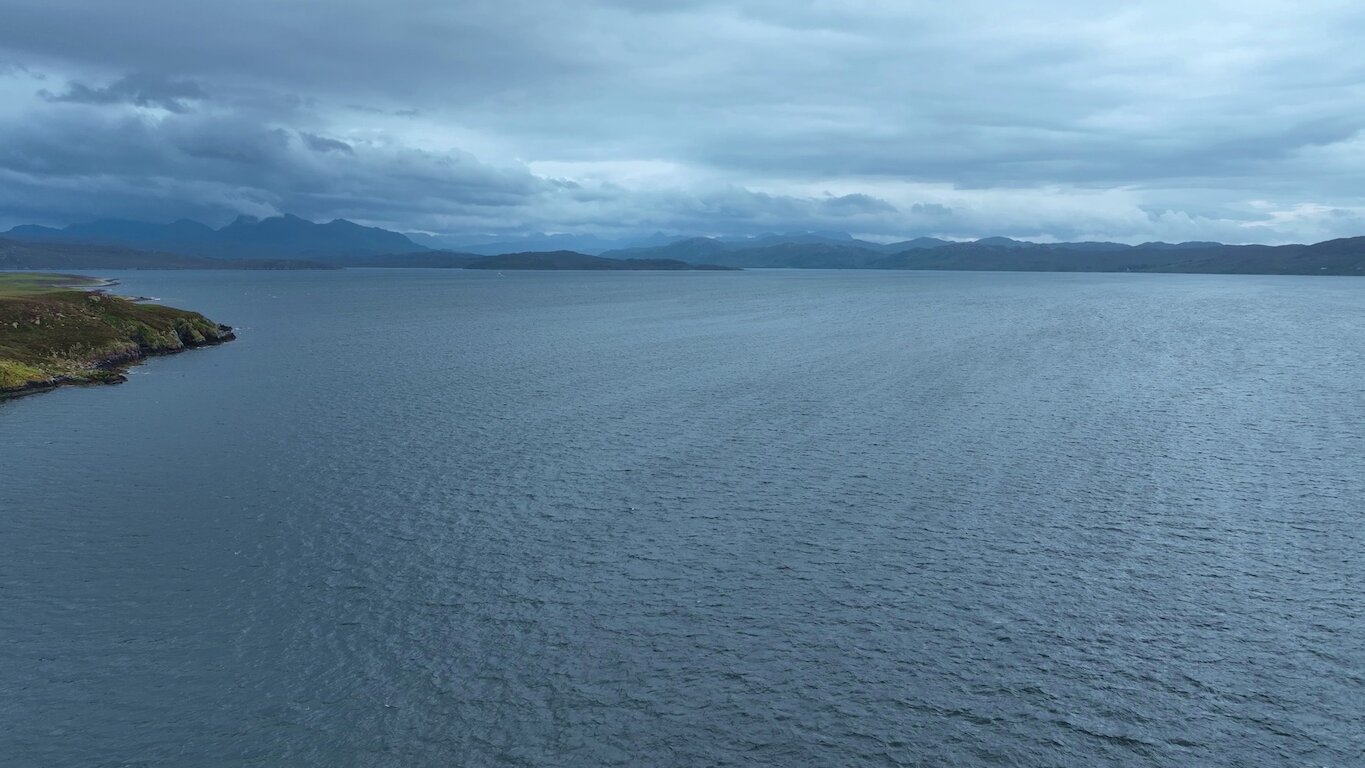Through the operational life of fish farms, environmental effects are limited and managed by a robust regulatory framework underpinned by environmental standards that ensure the protection of the seabed and biodiversity. There is limited information available however on how the seabed responds following the cessation of fish farming operations. The aim of the study, which was conducted alongside delivery partners Benthic Solutions and Applied Genomics, and supported by Salmon Scotland, was to assess the environmental condition and trajectory of seabed recovery following the closure of the Loch Ewe fish farm.
“Isle of Ewe had been in operation since 2005. Prior to its closure in late 2020, the site had a lot of diverse features present within the area which warranted the designation of the Wester Ross Marine Protected Area, which goes to show that Mowi sites can coexist alongside protected areas quite successfully,” explains Connie Fairburn, Senior Environmental Analyst at Mowi Scotland.
“The aim of the three-year Isle of Ewe post closure monitoring project was to assess the trajectory of benthic recovery upon cessation of farming operations. It is believed to be the first of its kind in Scotland.”
The project included the monitoring of samples from the ‘allowable mixing zone’ around the fish farm which is equivalent to the area extending 100 metres from the pens in all directions. The extent of the mixing zone around farms is limited by the regulatory framework and, to illustrate, the mixing zone for Loch Ewe fish farm equated to 0.3% of the surface area of Loch Ewe.
At the boundary of the mixing zone, seabed environmental standards for ‘Good Ecological’ status have to be met. The same sample locations, extending in four directions from the location of the fish pens, were monitored between 2020 and 2023. In 2020, monitoring confirmed that the Isle of Ewe fish farm complied with all seabed environmental standards prior to its closure. This was the first monitoring survey conducted by Mowi under the new regulatory approach, incorporating a tighter environmental standard for the spatial extent of mixing zones, that was introduced by SEPA in 2019.
In 2020, 67% of sampling locations met the conditions for ‘Good Ecological’ status. In 2021, this percentage increased to 80%; in 2022, it increased to 93%; and in 2023, 100% of sampling locations met the conditions for ‘Good Ecological’ status.




